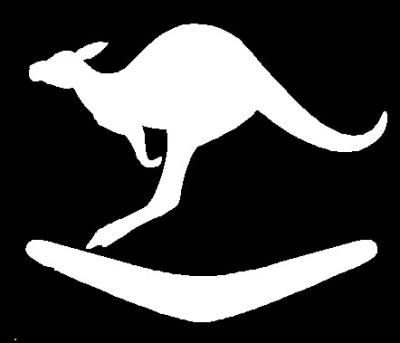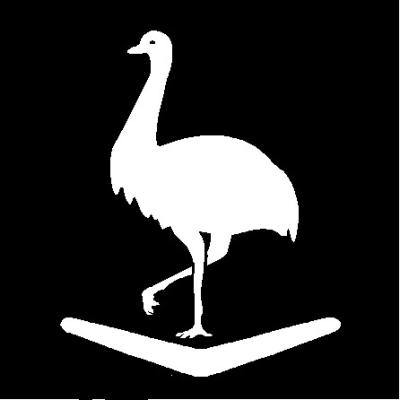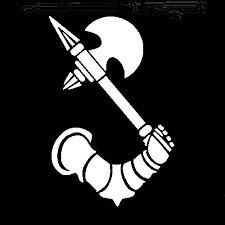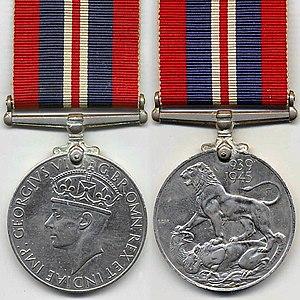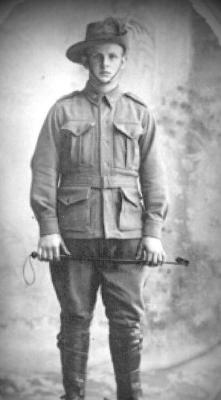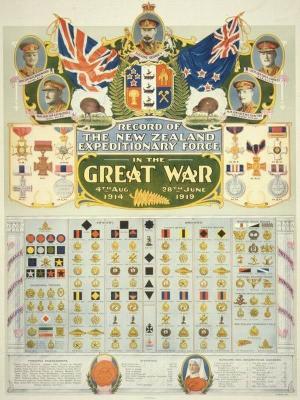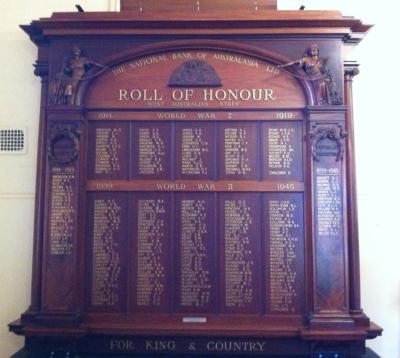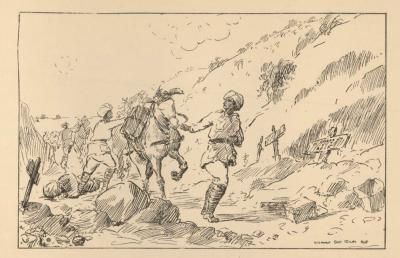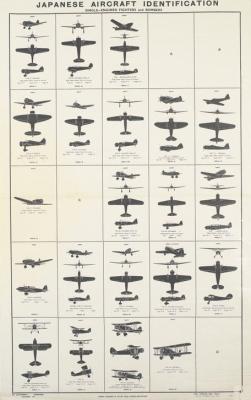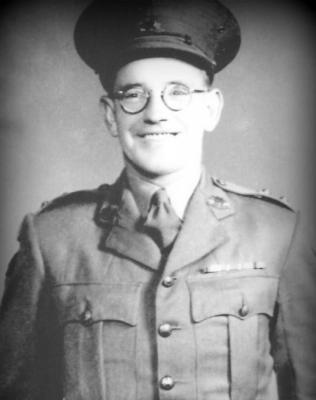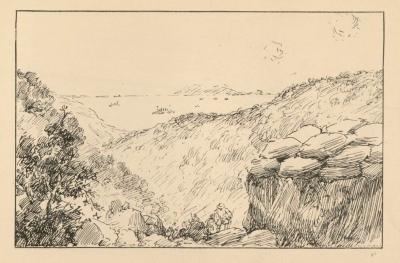Formation Sign - 9th Australian Division, World War 2
During World War 2, each Australian military vehicle normally carried a formation sign, usually of the Division to which they were permanently attached. The sign was affixed to the front nearside (left) bumper, or close to it, such as a forward facing wing, and in a prominent position at the rear, also on the nearside. It was 9 inches square normally a white stencil on a black background. The Formation insignia of the 9th Australian Division was a Platypus over a boomerang
The 9th Division was an infantry division of the Australian Army in World War 2. In November 1940, it was formed in Britain and Australia as a formation of the Second Australian Imperial Force (2nd AIF).
During 1940, the component units of the 9th Division were sent to Britain to counter a possible German invasion. In February 1941 it was deployed to Egypt. Deployed to Cyrenaica in Libya in March 1941 the Division fought against the Afrika Corps during the Benghazi Handicap and, the Siege of Tobruk.
In October 1941, after Tobruk, the Division transited Palestine before being redeployed to Syria to guard the Turkish–Syrian frontier.
The Division remained in North Africa during 1942, fighting in both both the First and Second Battles of El Alamein.
In January 1943 the Division returned to Australia to serve in New Guinea at Lae, Finschhafen and Huon. In the Borneo campaign the Division saw action at Tarakan, Brunei and Labuan.
Details
Details
The standard reference is the 1997 monograph Formation signs and vehicle markings of the Australian Army 1903-1983 by Stephen Craig Taubert.
The marking of military equipment is not a new phenomena. A broad arrow, is a stylised representation of a metal arrowhead, comprising a tang and two barbs meeting at a point. It is a symbol used traditionally in heraldry, and later by the British government to mark government property.
The broad arrow was used in England from the early 14th century, and more widely from the 16th century, to mark objects purchased from the monarch's money, or to indicate government property. It became particularly associated with the Board of Ordnance, and later the War Department and the Ministry of Defence. It was exported to other parts of the British Empire, where it was used in similar official contexts.
The use of markings on Australian military vehicles expanded and became more sophisticated following the mass production and mechanization of armies. During World War 2, Australian military vehicles carried a wide variety of markings including the vehicle registration number, bridge classification, a Tactical (Tac) sign indicating the vehicles roll, a unit sign and a Division/Formation sign and many more.
Australian Army Museum of Western Australia
Australian Army Museum of Western Australia
More items like this
Other items from Australian Army Museum of Western Australia
- Battlefield Grave Cross - Lieutenant Hugh Russel MC
- Medal - British War Medal 1939-45
- World War 1, Australia, Western Australia, FIRNS 10 Light Horse
- Medals - Combined Display of Australian Honours and Awards
- Poster - Australian Imperial Force Colour Patches
- Poster - New Zealand Expeditionary Force Badges and Colour Patches
- Honour Board- National Bank of Australasia (World War 1, World War 2)
- World War 1, South-West Asia, Turkiye, Gallipoli, Anzac Cove, SILAS, "Crusading at Anzac"
- Poster - Japanese Aircraft Identification
- World War 1, Australia, Western Australia, 265 EAVES, 10 Light Horse
- World War 1, Australia, Western Australia, 266 EDWARDS, 10 Light Horse
- World War 1, South-West Asia, Turkiye, Gallipoli, Anzac Cove, SILAS, "Crusading at Anzac"
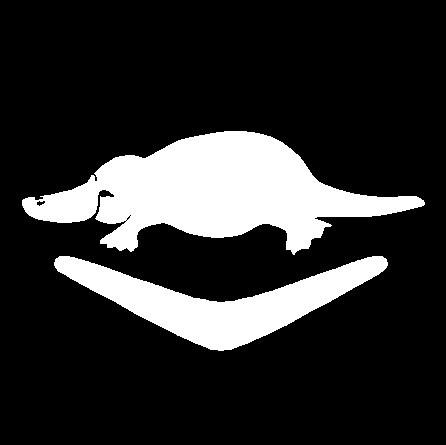
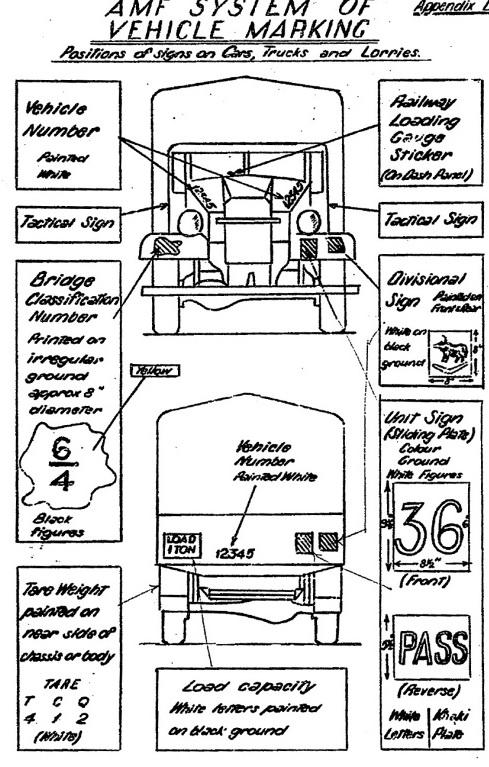
Scan this QR code to open this page on your phone ->

